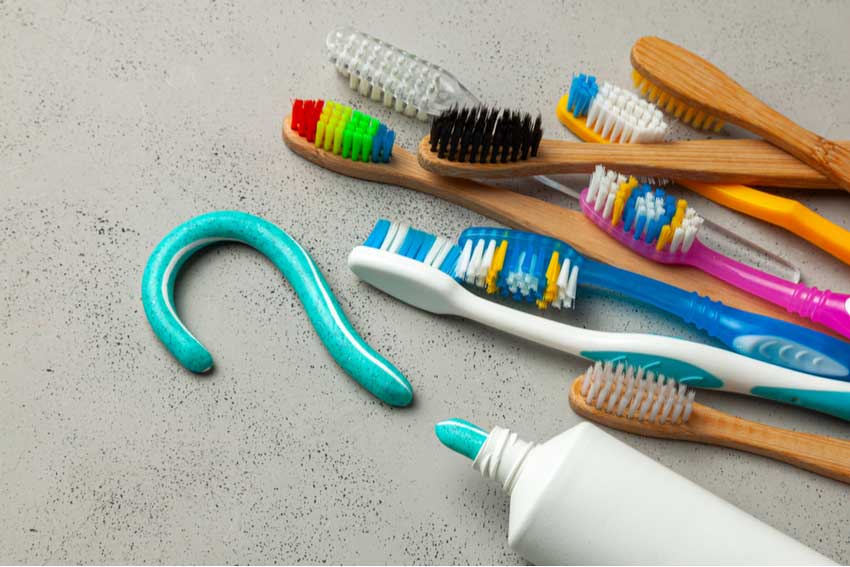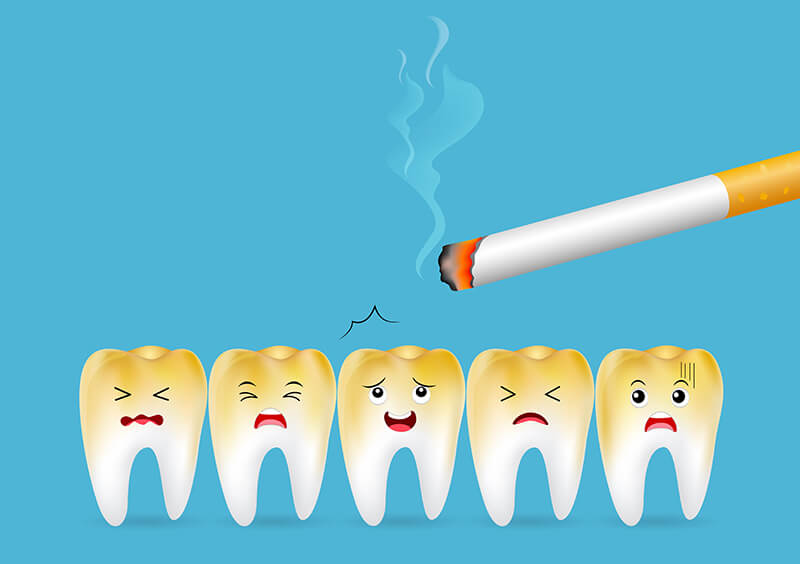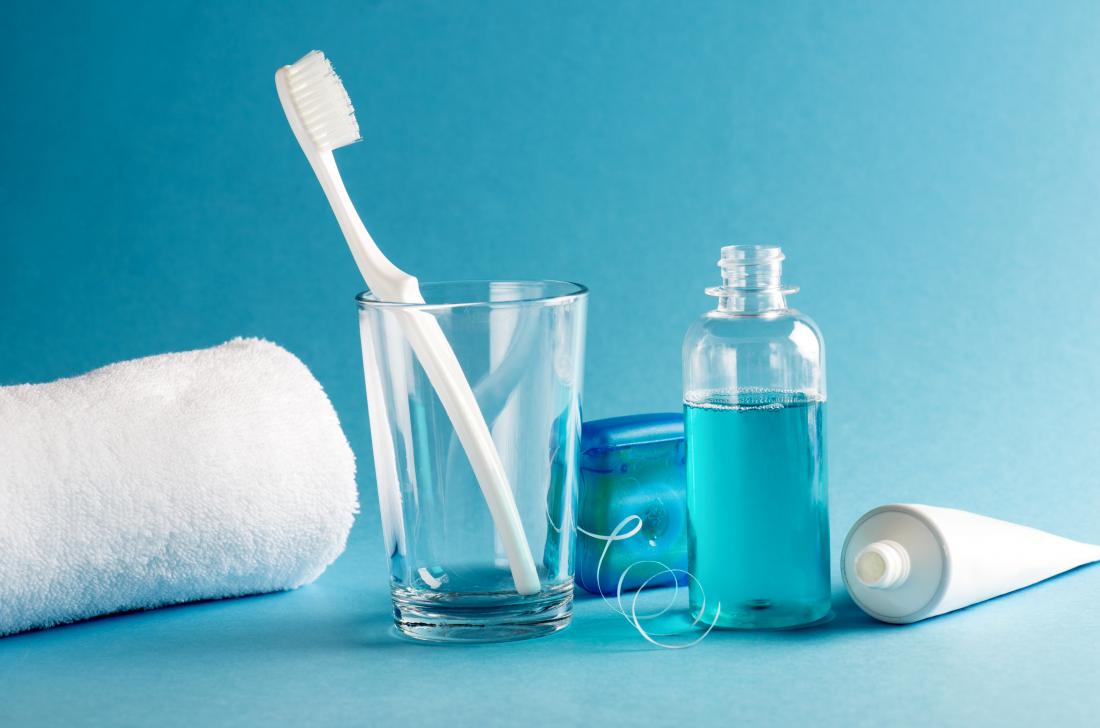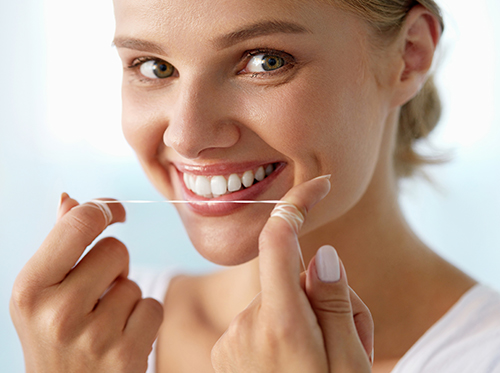Maintaining good oral hygiene is essential for maintaining healthy teeth and gums. One of the most important tools for achieving this is a toothbrush. However, with so many different types and brands of toothbrushes on the market, it can be challenging to choose the right one. In this article, we’ll go over some tips on how to choose the right toothbrush for you.
1. Choose the Right Bristles
The first thing to consider when choosing a toothbrush is the bristles. Toothbrush bristles come in different levels of softness, from extra soft to hard. Soft or extra soft bristles are generally recommended because they are less likely to damage your gums and tooth enamel. Hard bristles, on the other hand, can be too harsh and cause gum recession or enamel erosion. Additionally, some toothbrushes may have bristles that are tapered or rounded to help reach into tight spaces and clean around teeth and gums more effectively.
2. Consider the Size of the Brush Head
Another important factor to consider when choosing a toothbrush is the size of the brush head. A brush head that is too large may make it difficult to reach all areas of your mouth, while a brush head that is too small may take more time to clean your teeth thoroughly. The ideal size of a toothbrush head is one that is large enough to clean your teeth and gums effectively but small enough to reach all areas of your mouth comfortably.
3. Look for a Comfortable Handle
The handle of the toothbrush is another important factor to consider. A toothbrush with a comfortable handle can make brushing a more enjoyable experience, and can help you brush for longer periods of time. A handle that is too thin or too thick may be difficult to grip, so look for a toothbrush with a handle that is comfortable to hold and easy to maneuver.
4. Electric or Manual?
There are two main types of toothbrushes: manual and electric. Manual toothbrushes are the traditional type that most people are familiar with. They are affordable and readily available at most stores. Electric toothbrushes, on the other hand, can be more expensive but offer many benefits such as vibrating or oscillating bristles that can provide a more thorough clean. Electric toothbrushes can also be easier to use for people with limited mobility or dexterity.
5. Check for American Dental Association (ADA) Seal of Approval
The American Dental Association (ADA) has a seal of approval program that tests and evaluates oral care products, including toothbrushes. Look for the ADA seal of approval when choosing a toothbrush, as it indicates that the toothbrush has been tested and found to be safe and effective.
6. Replace Your Toothbrush Regularly
Regardless of the type of toothbrush you choose, it is essential to replace it regularly. Over time, the bristles on a toothbrush can become frayed and less effective at cleaning your teeth and gums. Additionally, bacteria can build up on the brush head, which can lead to oral health problems. The ADA recommends replacing your toothbrush every three to four months, or sooner if the bristles become frayed or if you have been sick.
In conclusion, choosing the right toothbrush is essential for maintaining good oral health. When selecting a toothbrush, look for soft bristles, an appropriate size of the brush head, a comfortable handle, and consider whether to choose a manual or electric toothbrush. Additionally, look for the ADA seal of approval and make sure to replace your toothbrush regularly. By following these tips, you can choose a toothbrush that is right for you and help maintain healthy teeth and gums. Remember, taking good care of your oral health will help you maintain a healthy, beautiful smile for years to come!











